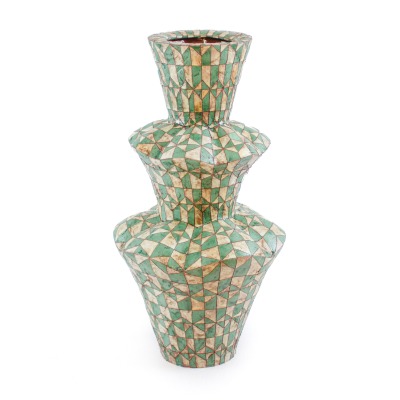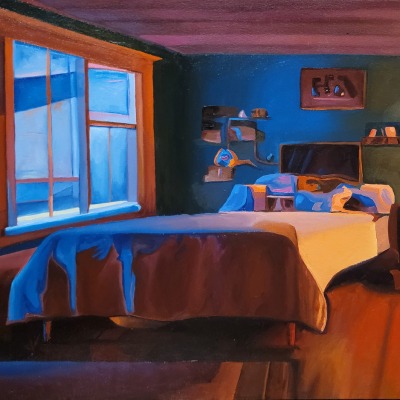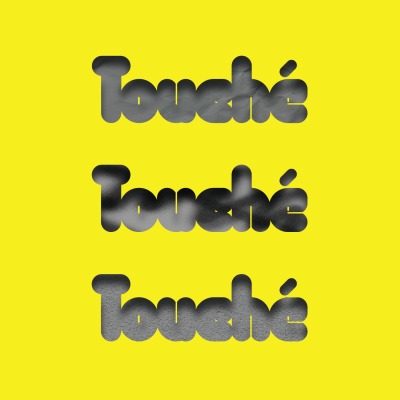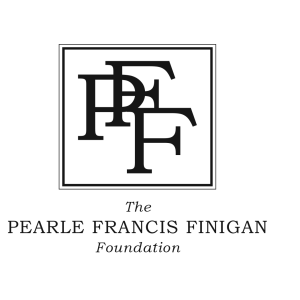Dust Watching
Dust Watching
Our relationship to the natural world is inextricably tied to technology; and as technology changes, so does the way we represent the world around us. In dust watching, I explore the ethics of display by cataloging moments of overlap between humanity, landscapes, and the illusion of the virtual realm. The relationship of the three shifts back and forth; reflecting on the past when museums were our main gateway to unknown landscapes and contrasting it with the lightning-fast digital access we have today.
Dramatic dioramas, interactive virtual experiences, and miniaturized landscapes all act as windows into the natural world. While this framing acts as a guide for reading and understanding nature, the same frame can be analyzed to understand the complex and ever-changing relationship between people and land. Before, natural history museums were one of the only ways to describe unknown landscapes. Now, it takes seconds to visit these spaces digitally. How does this access affect how we see nature, and what role does the digital medium play in informing it? In dust watching, the new digital landscape and museum nature's relationship are contrasted and connected.
Museums teach us about our environment but often separate us from it. In an age of global climate crisis, it’s imperative to re-evaluate our understanding of and relationship with nature. By creating images that subvert the viewer's ideas of what is natural or not, I’m asking the viewer to recognize how strongly institutions influence their understanding of the larger natural world.















































